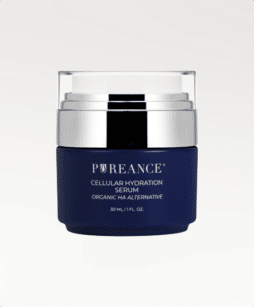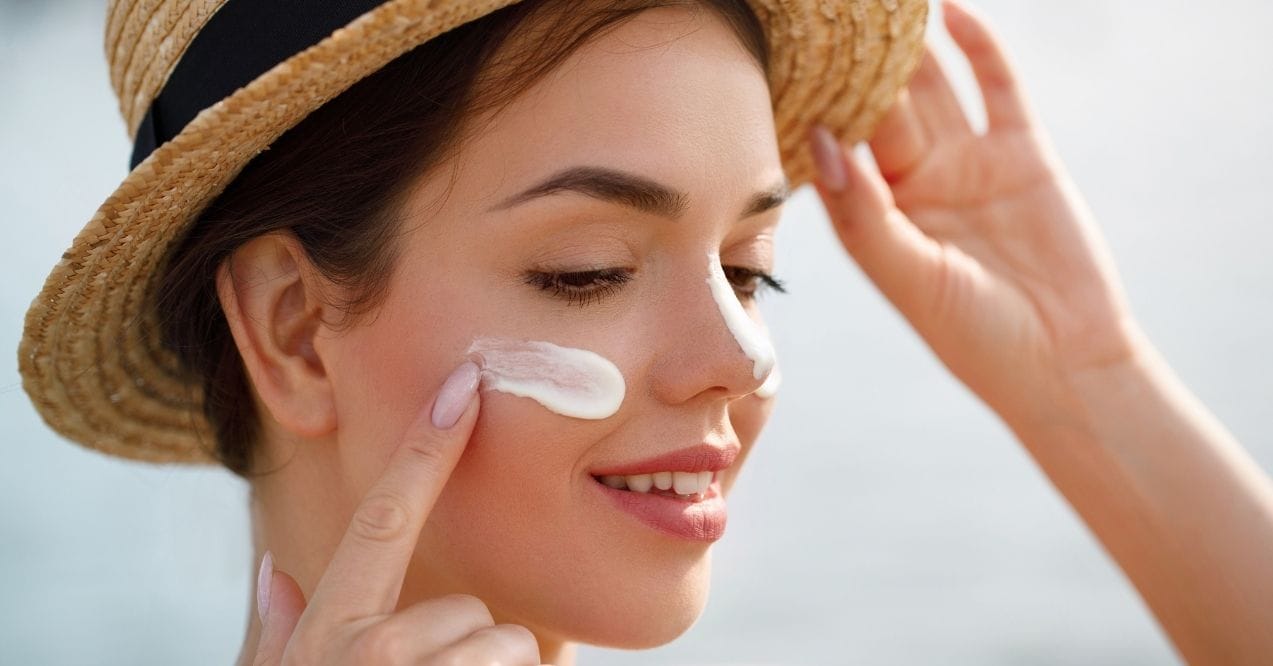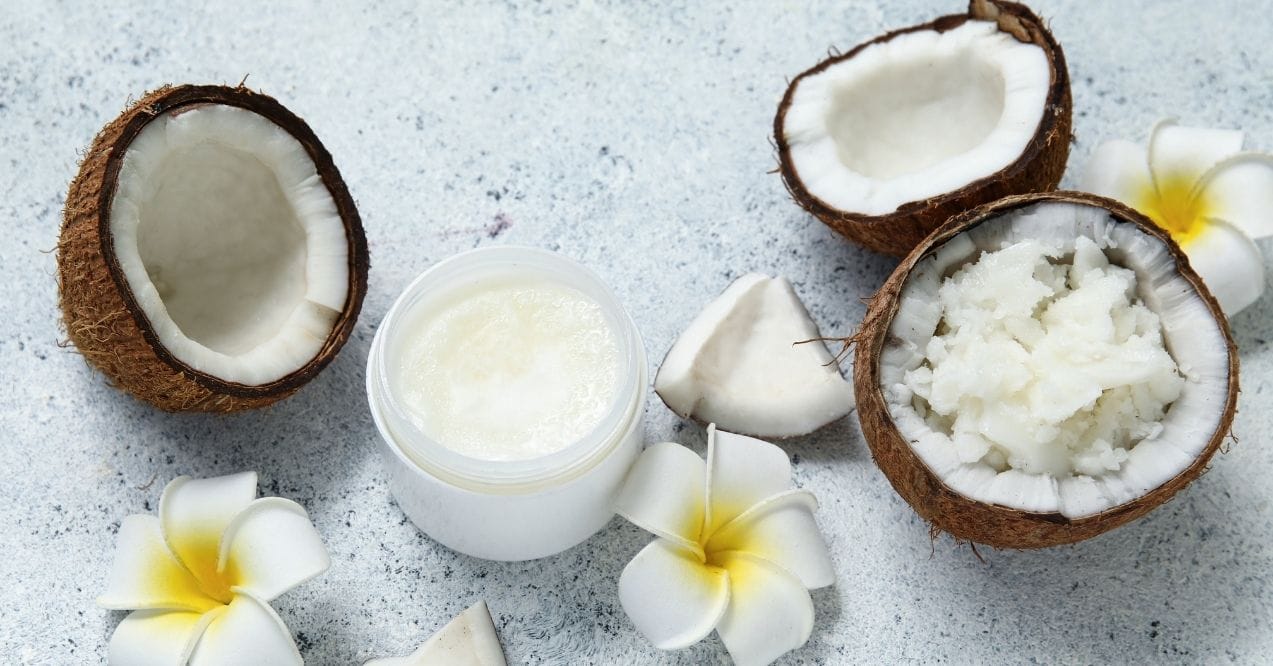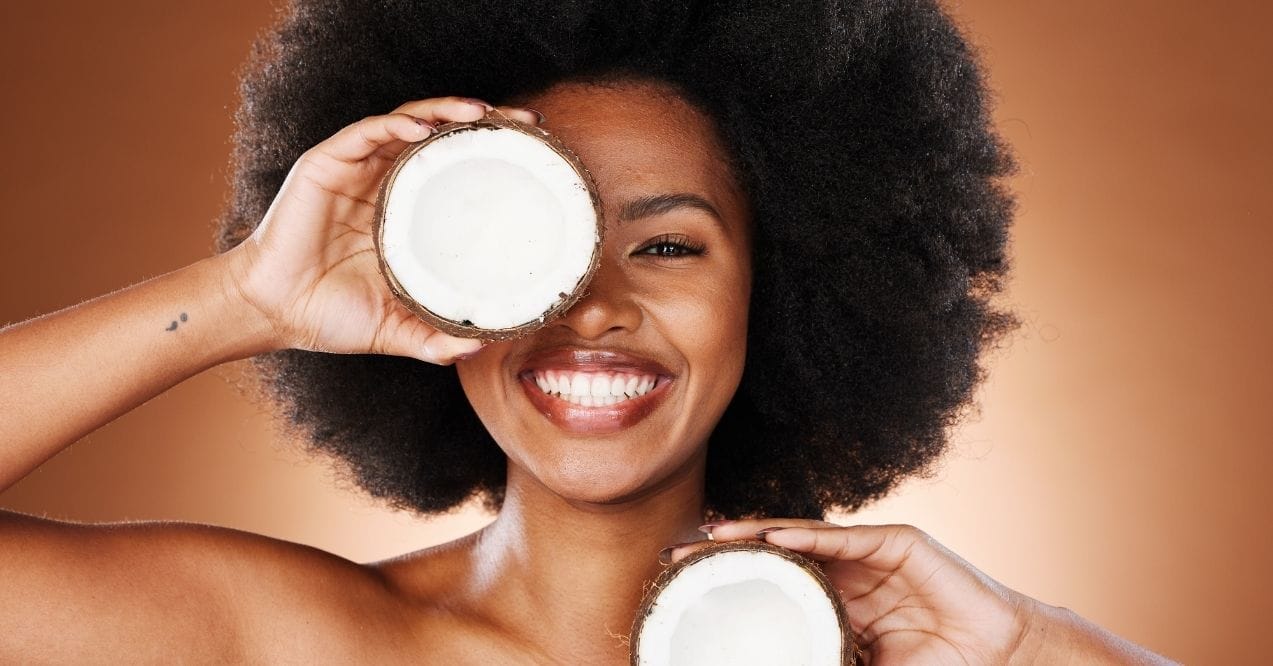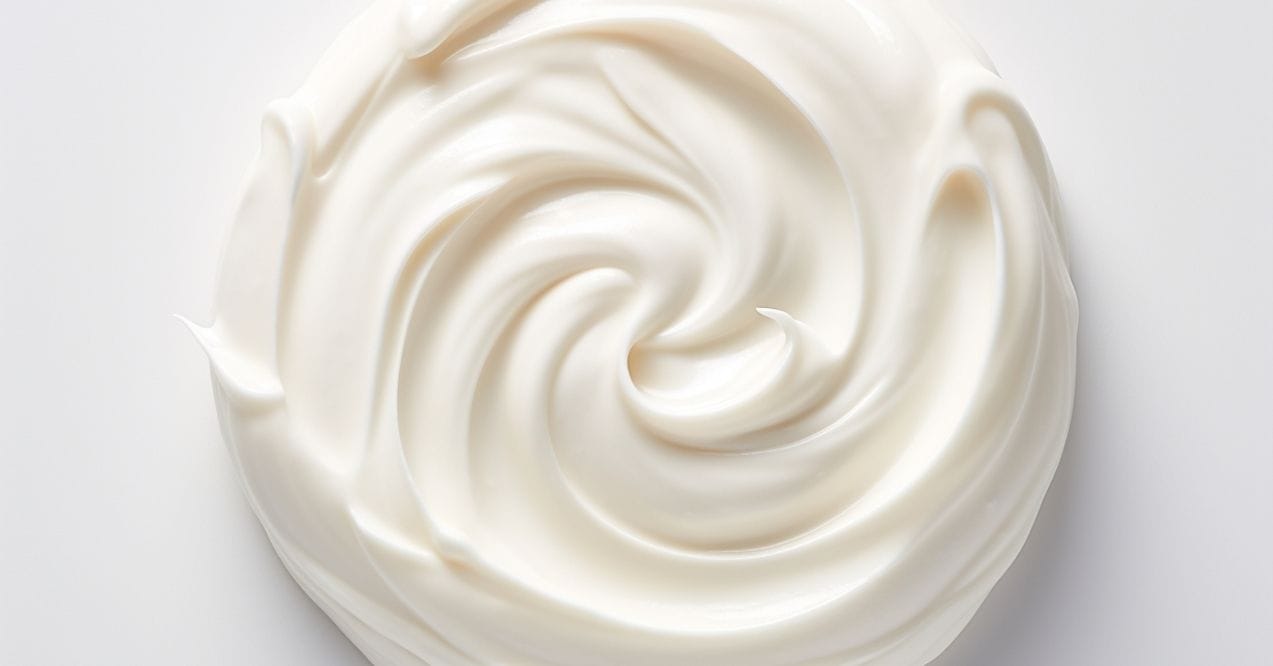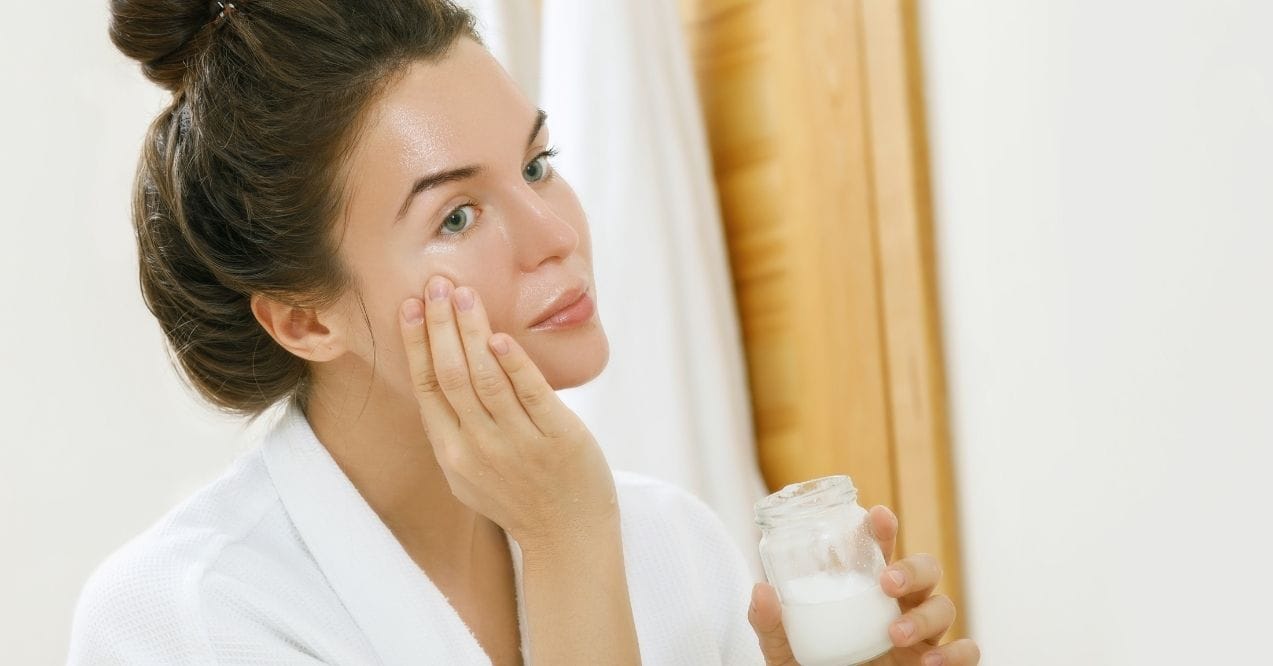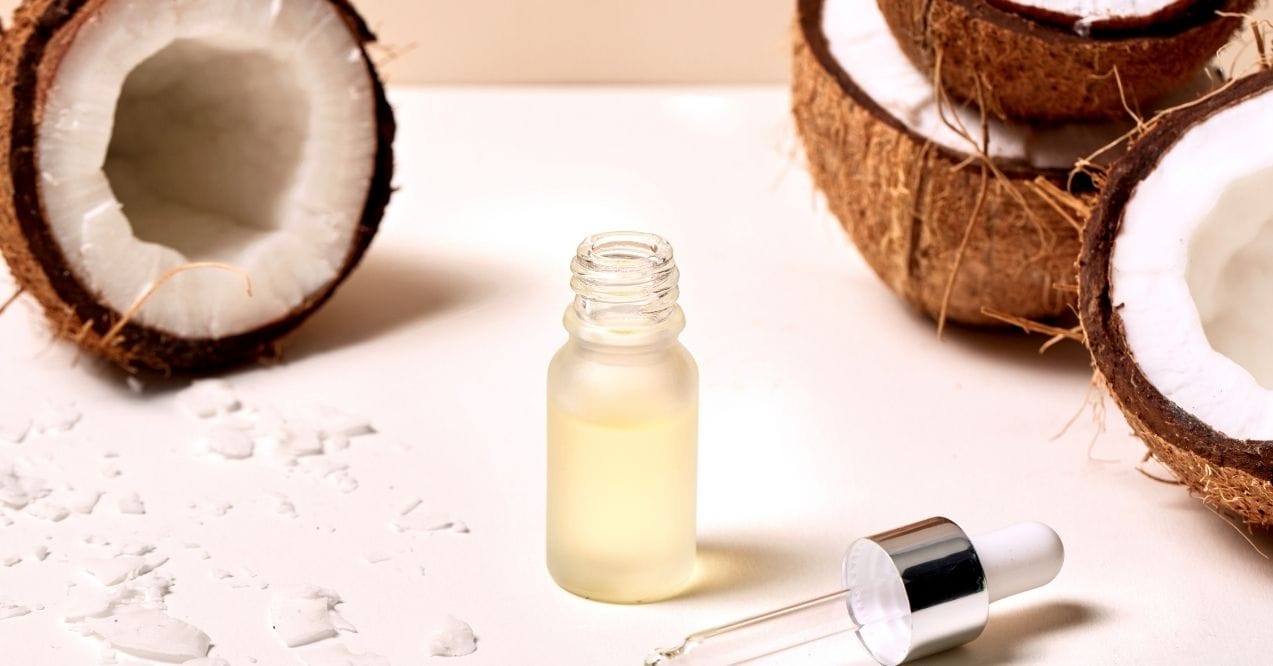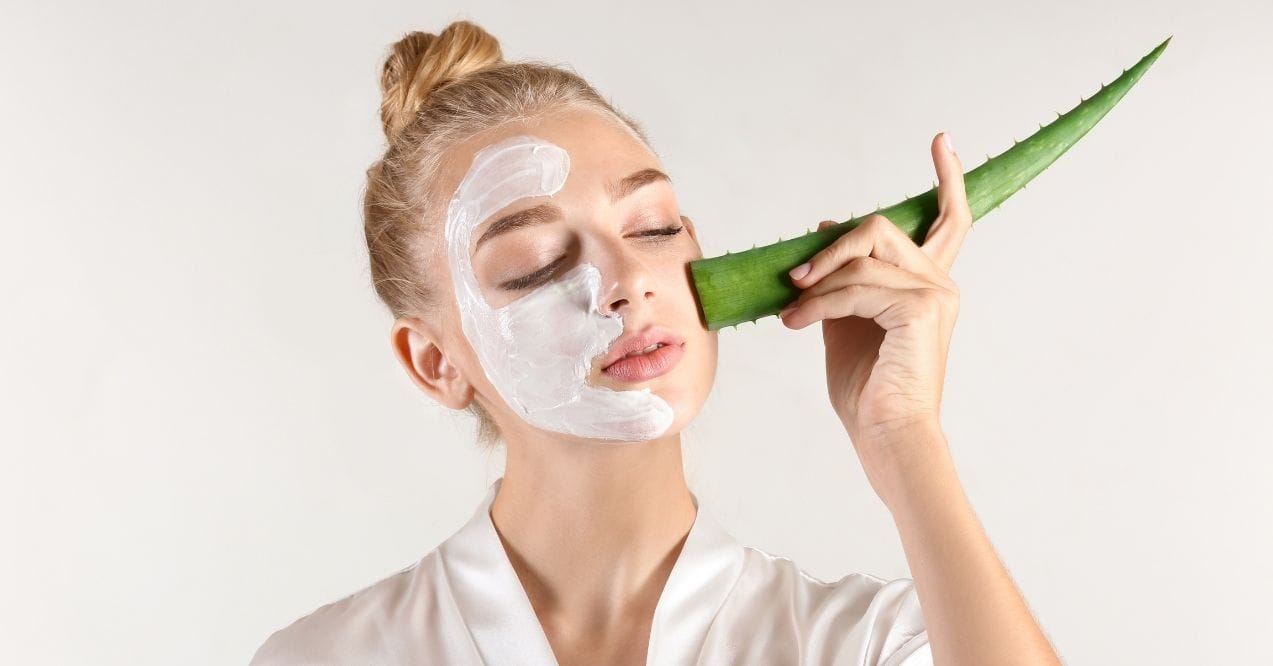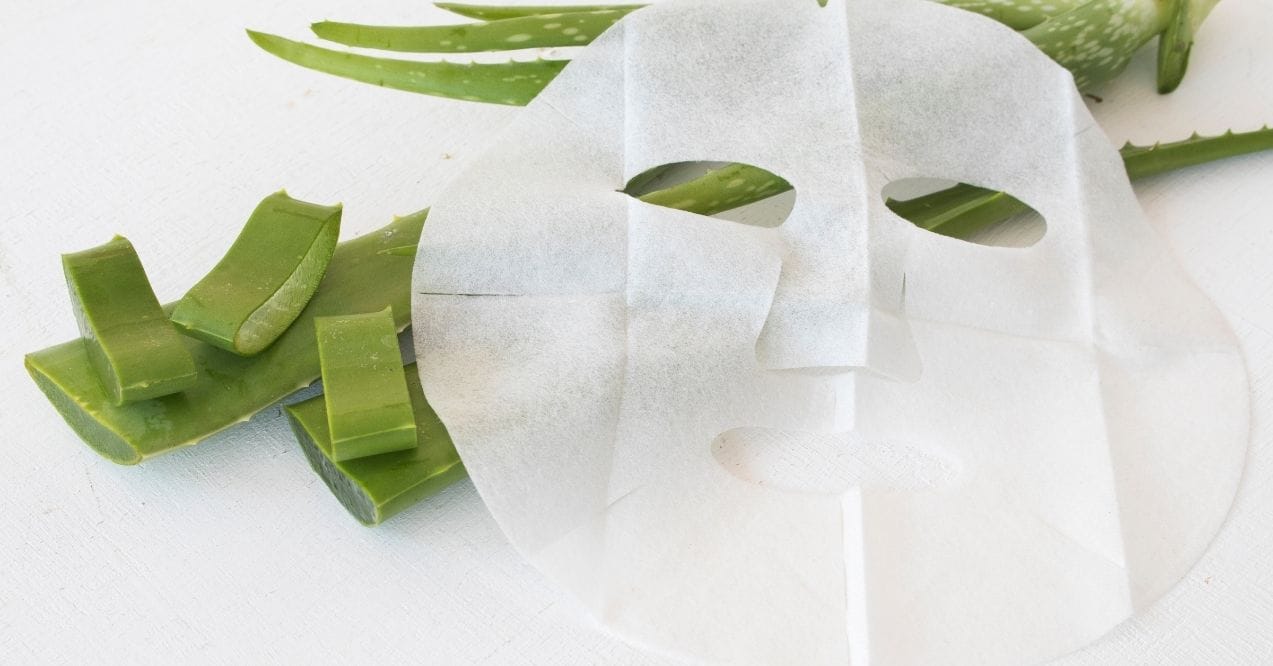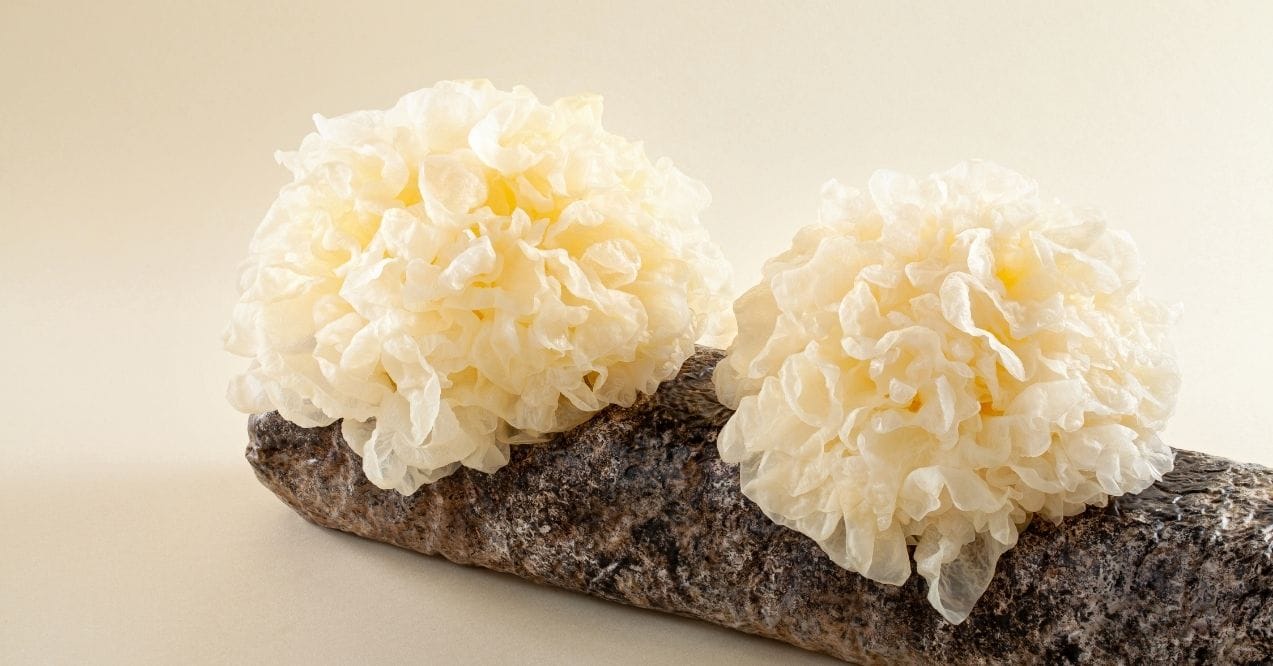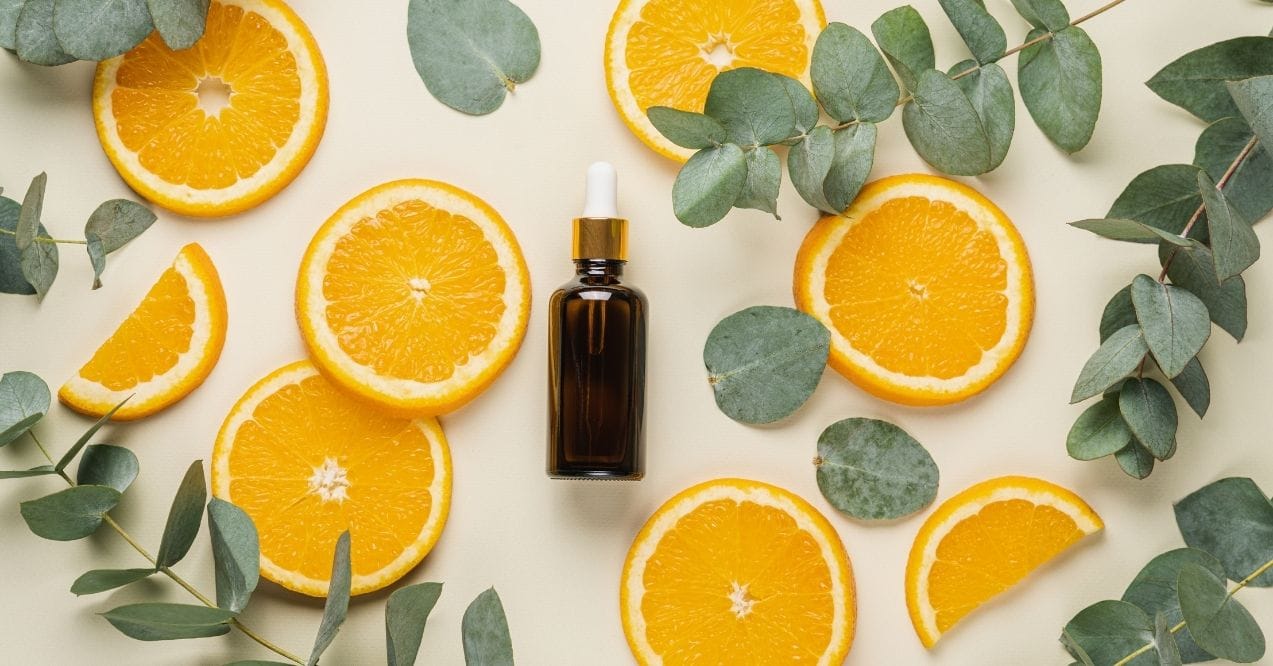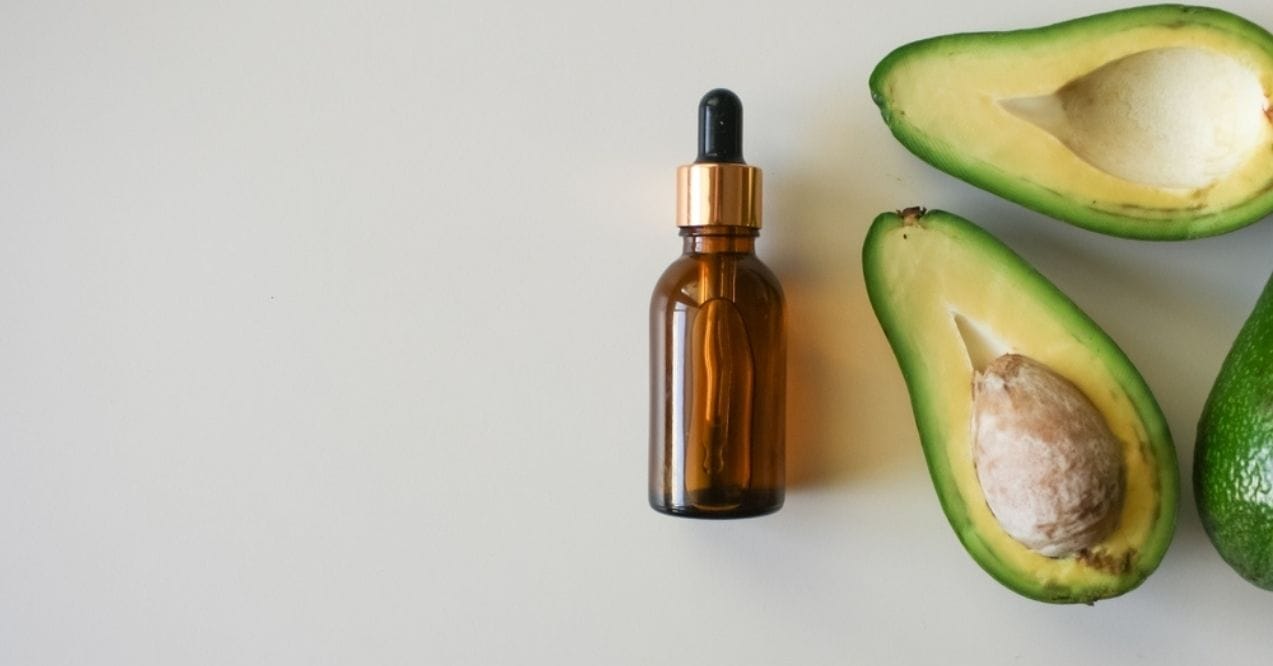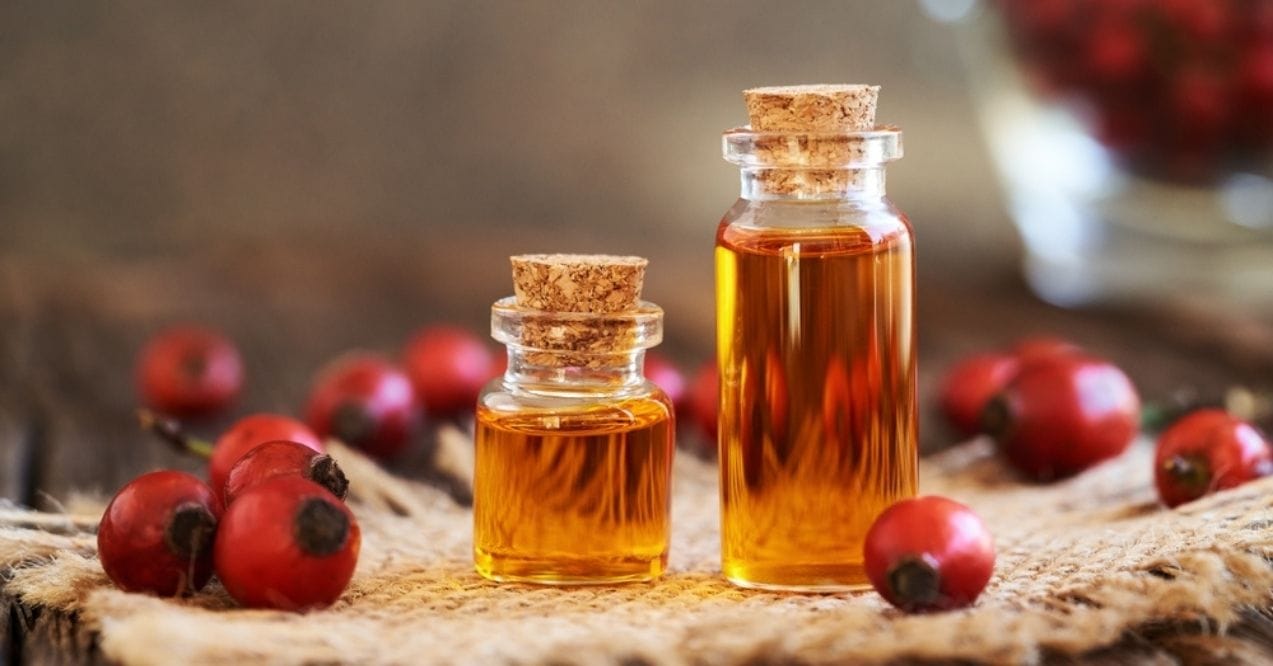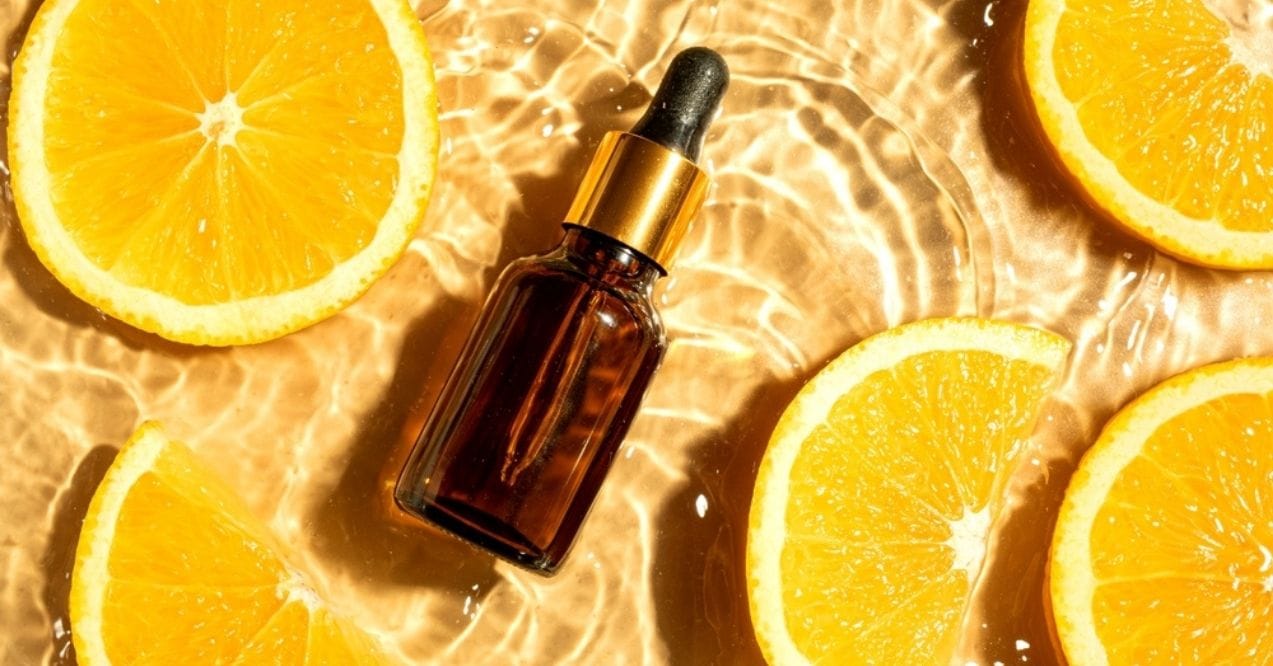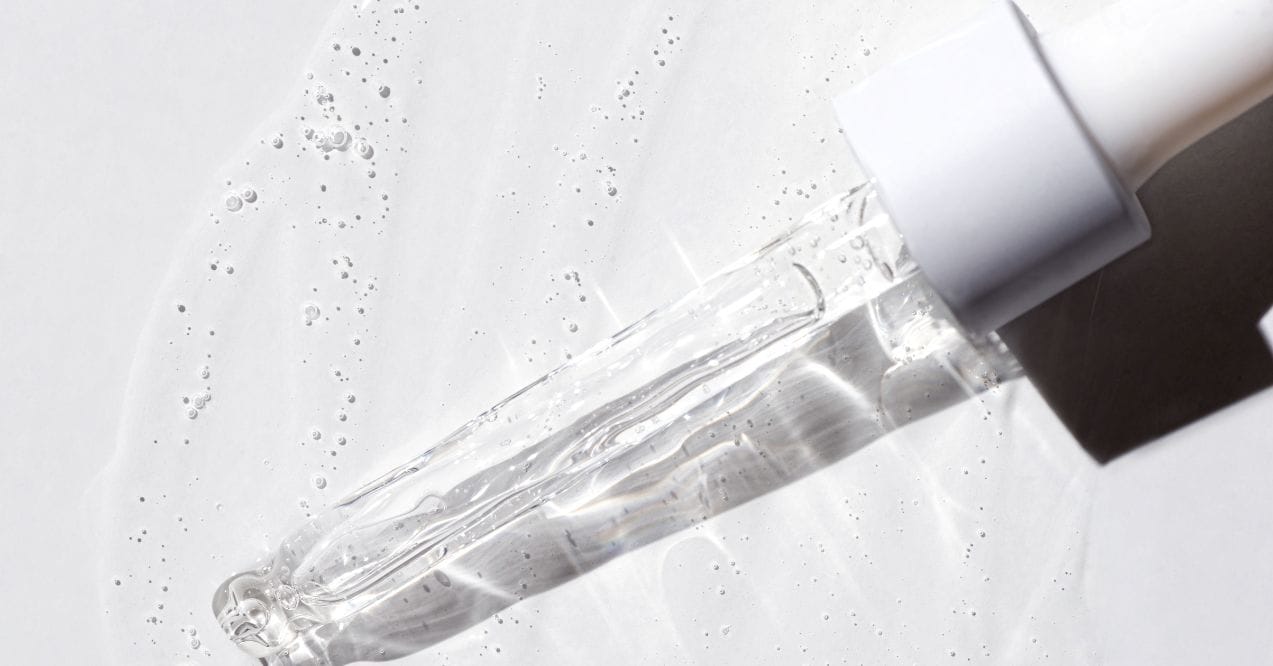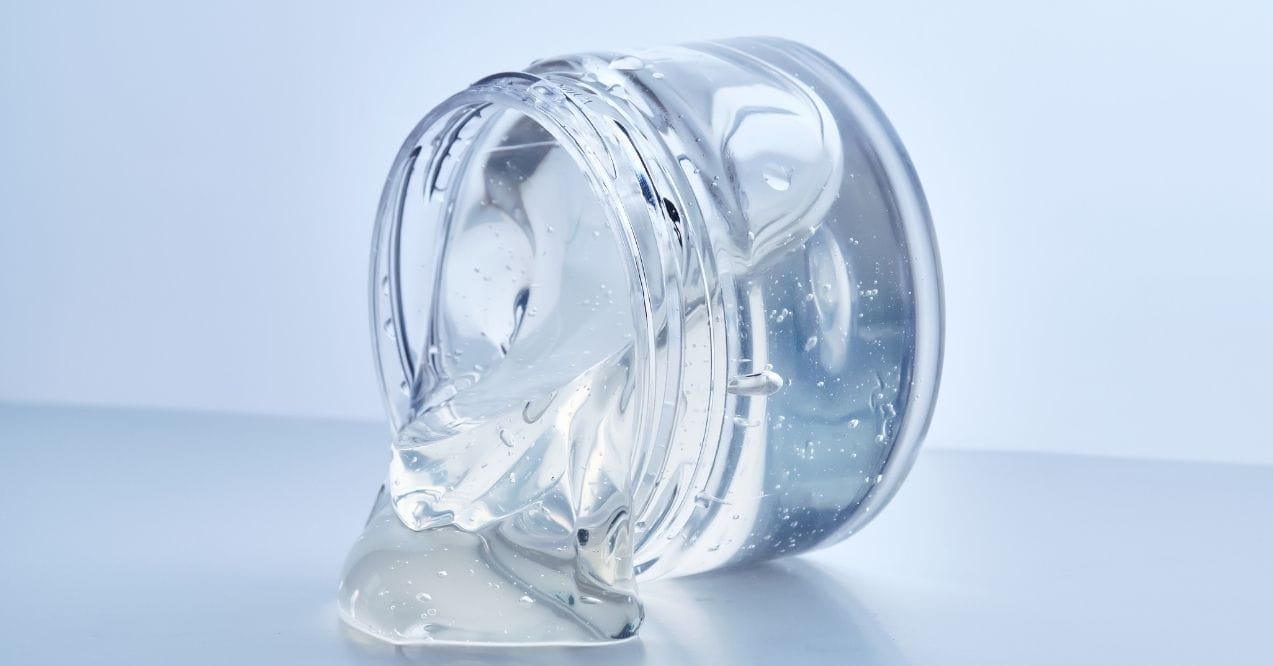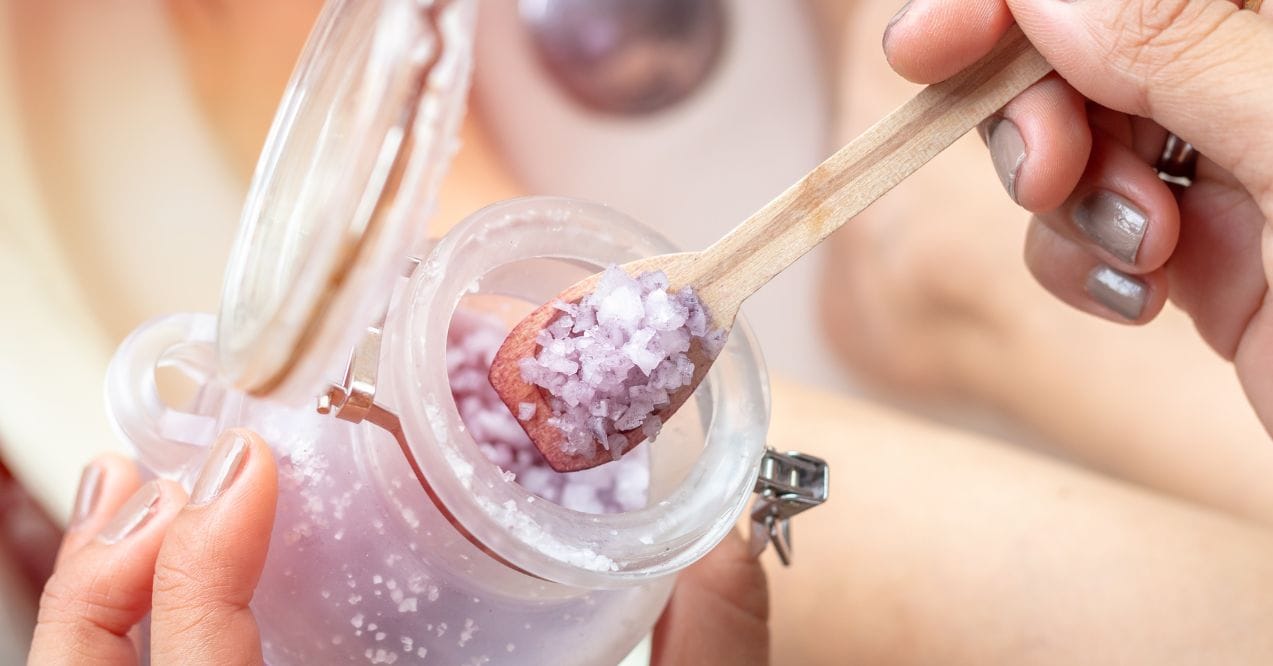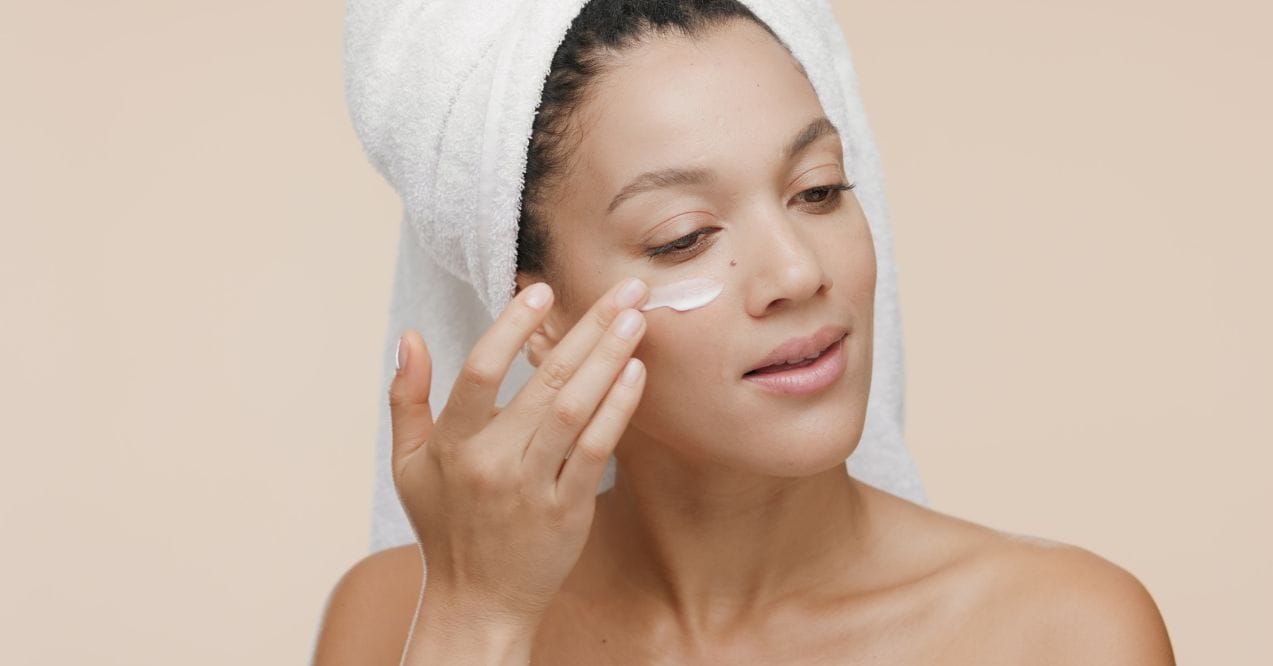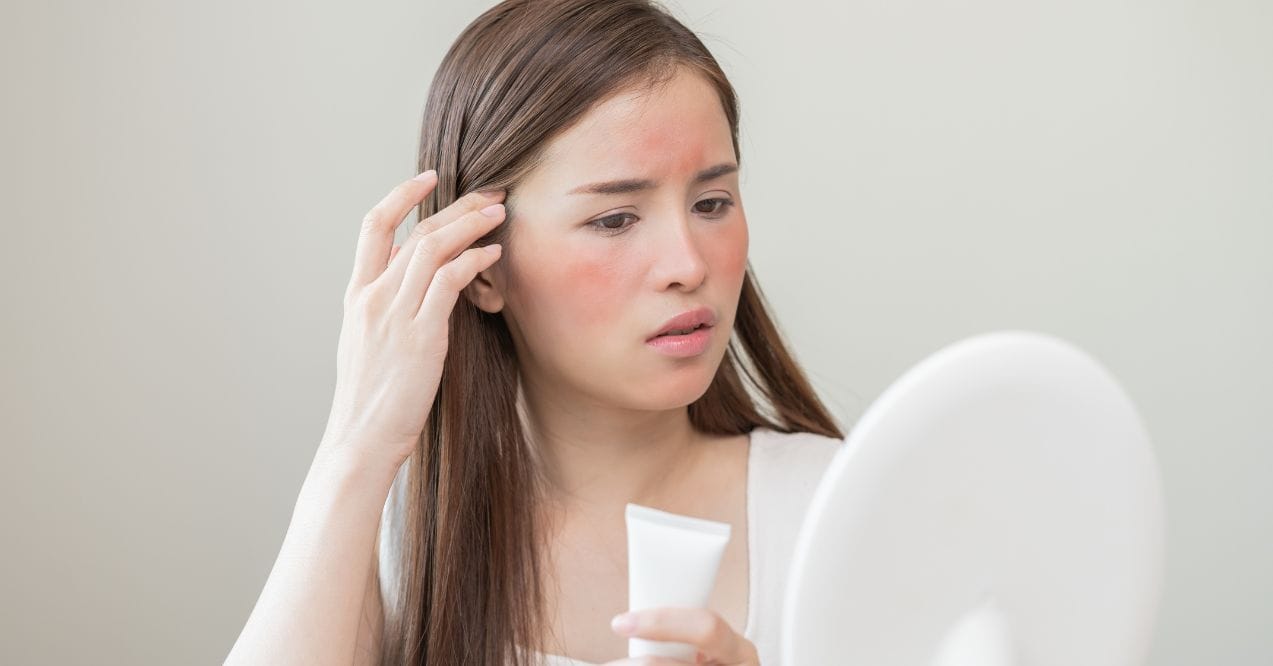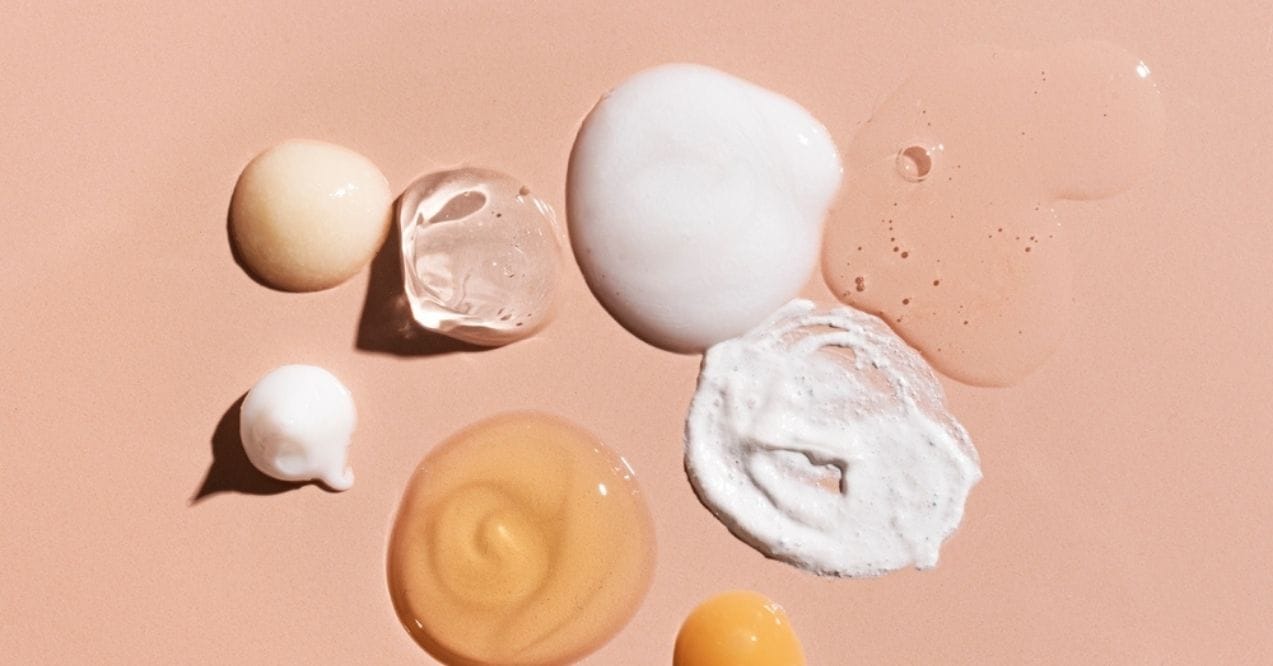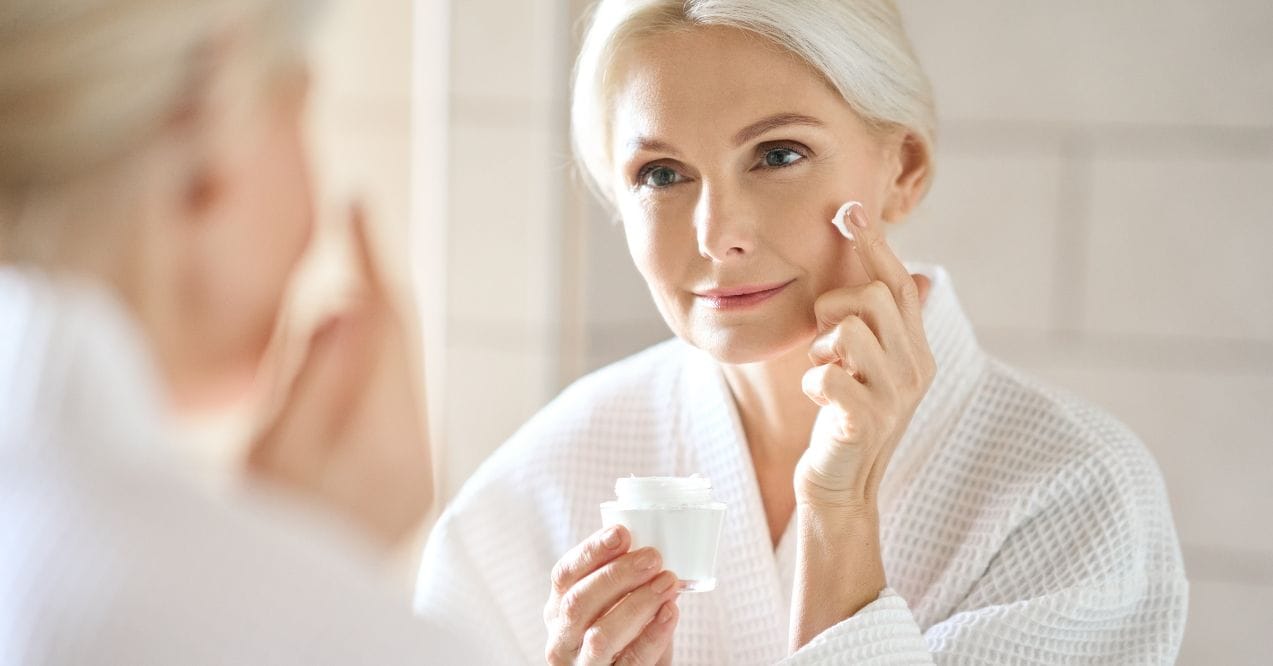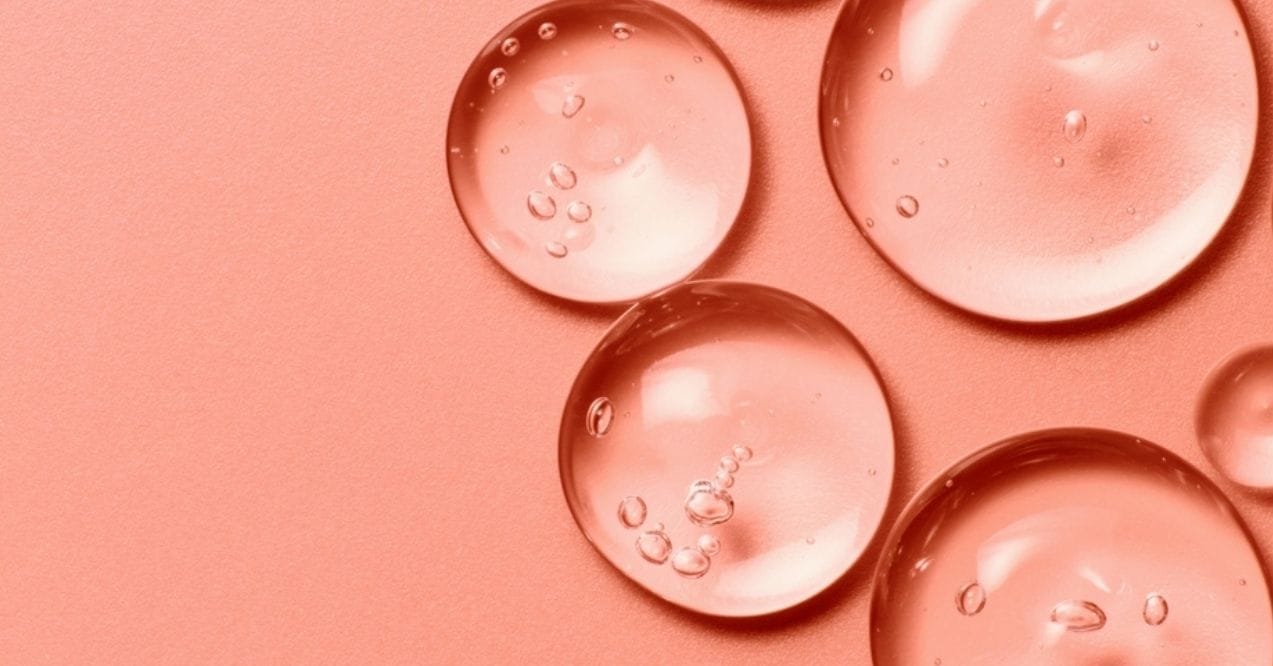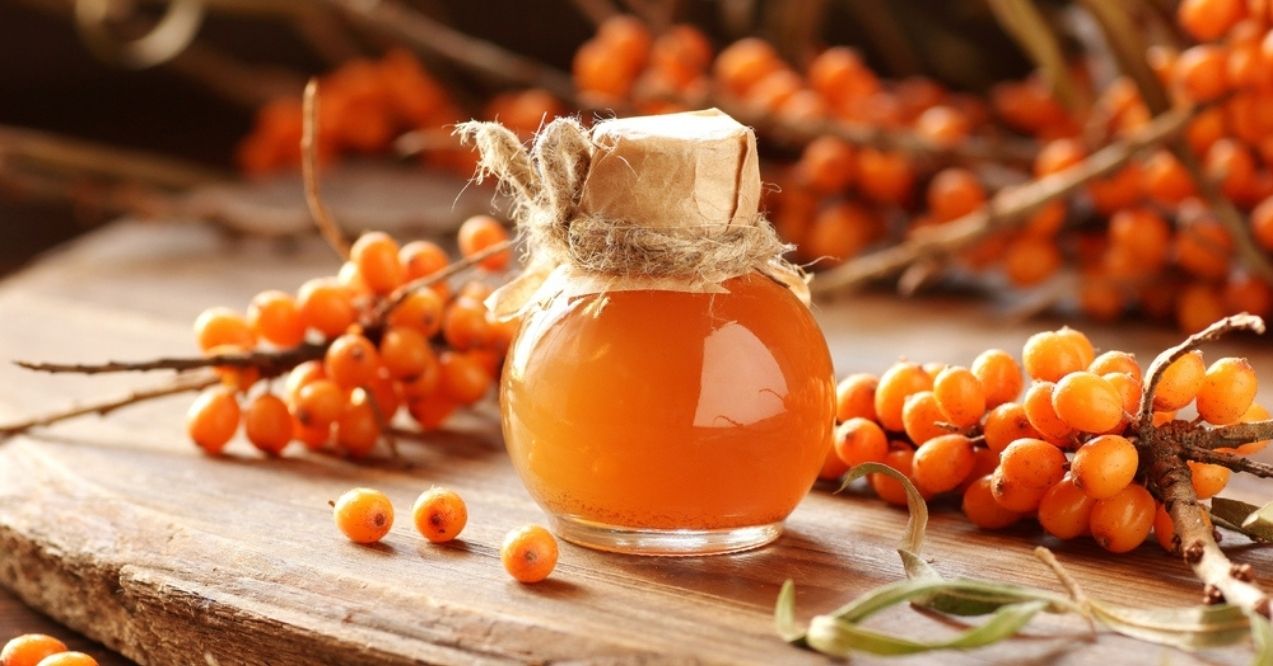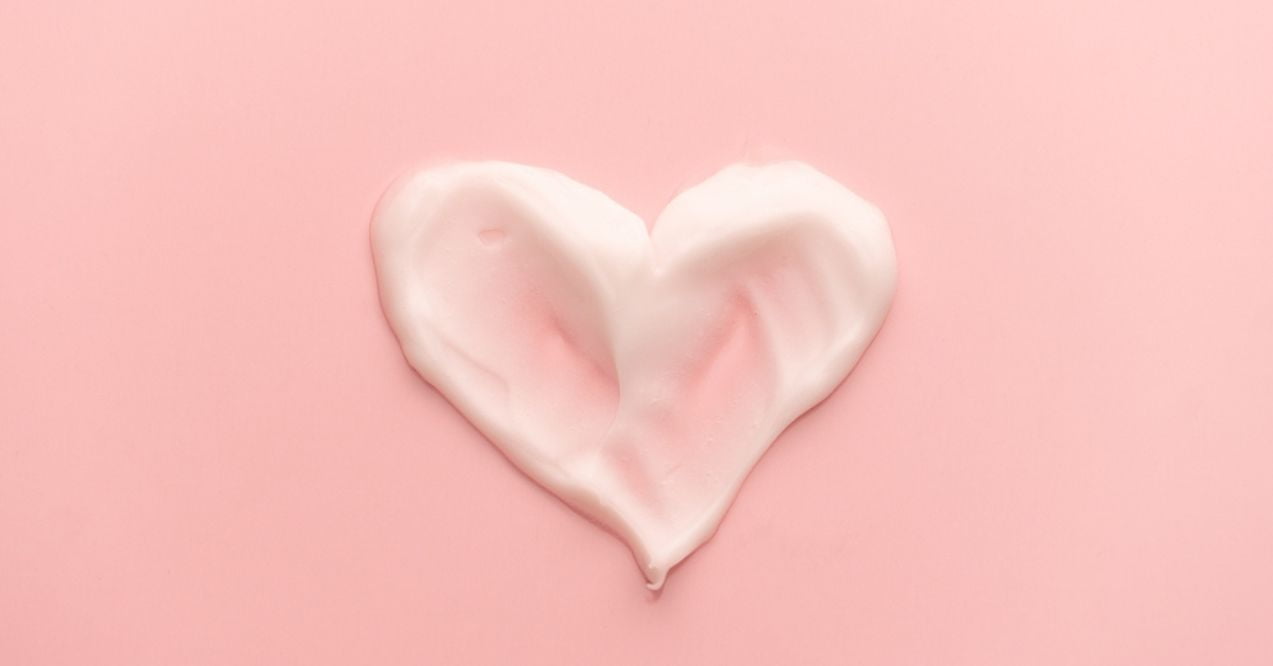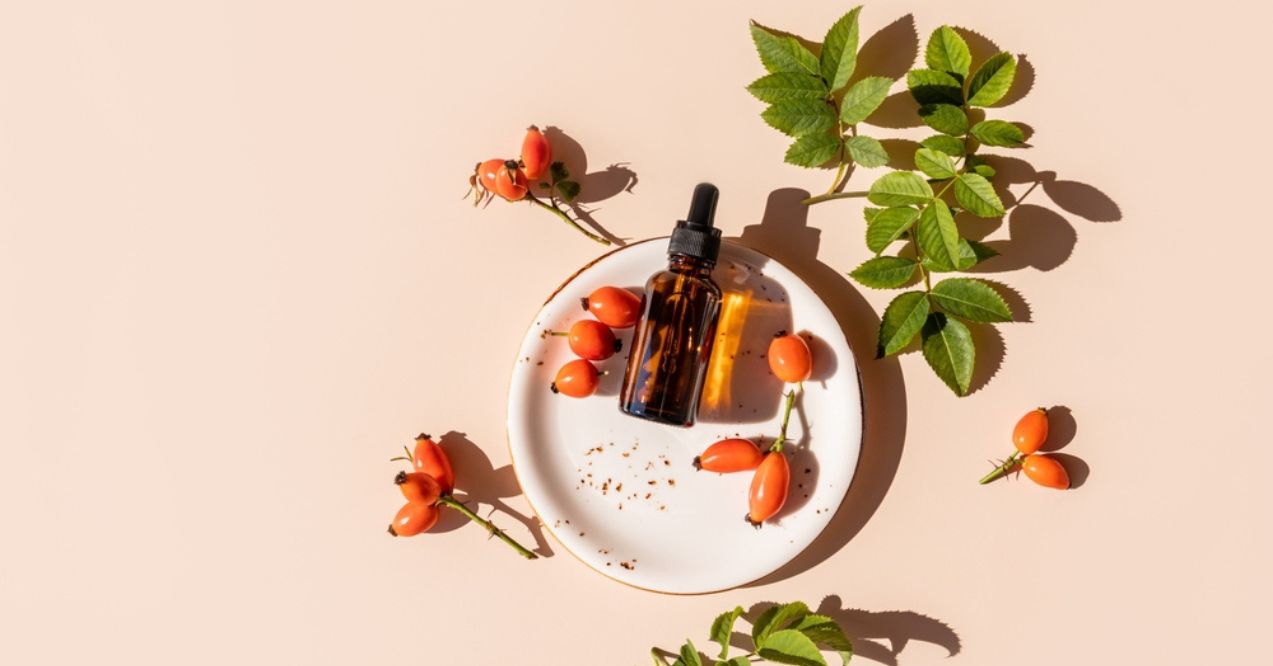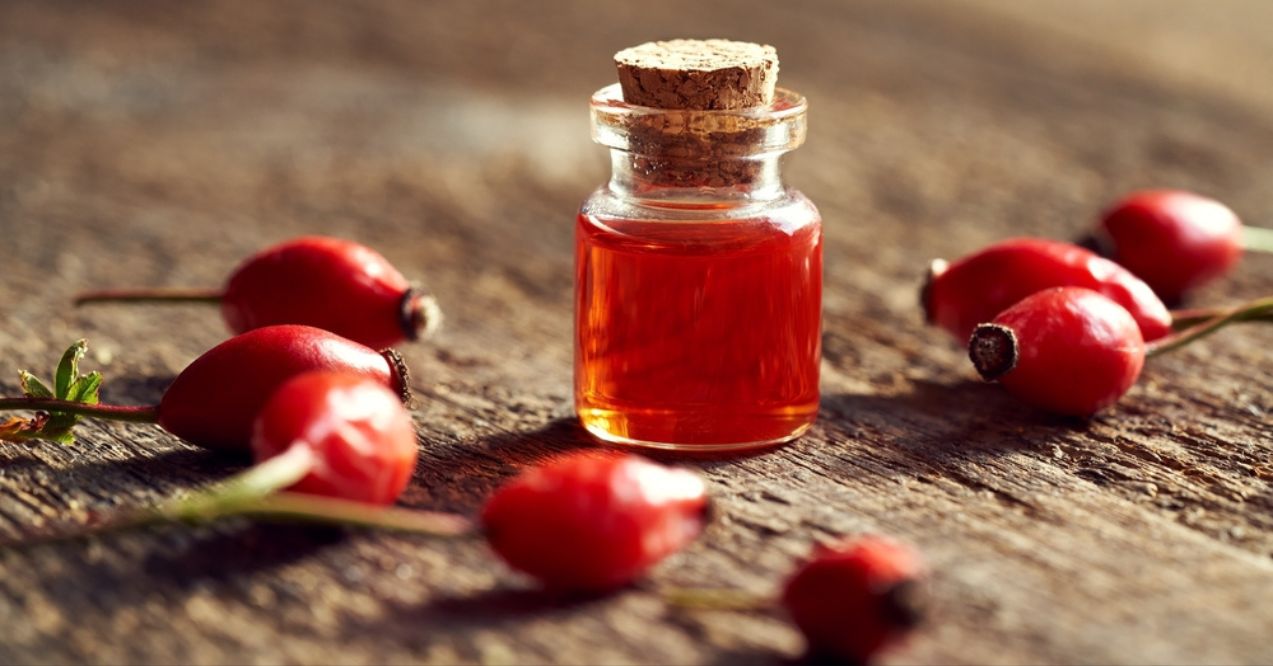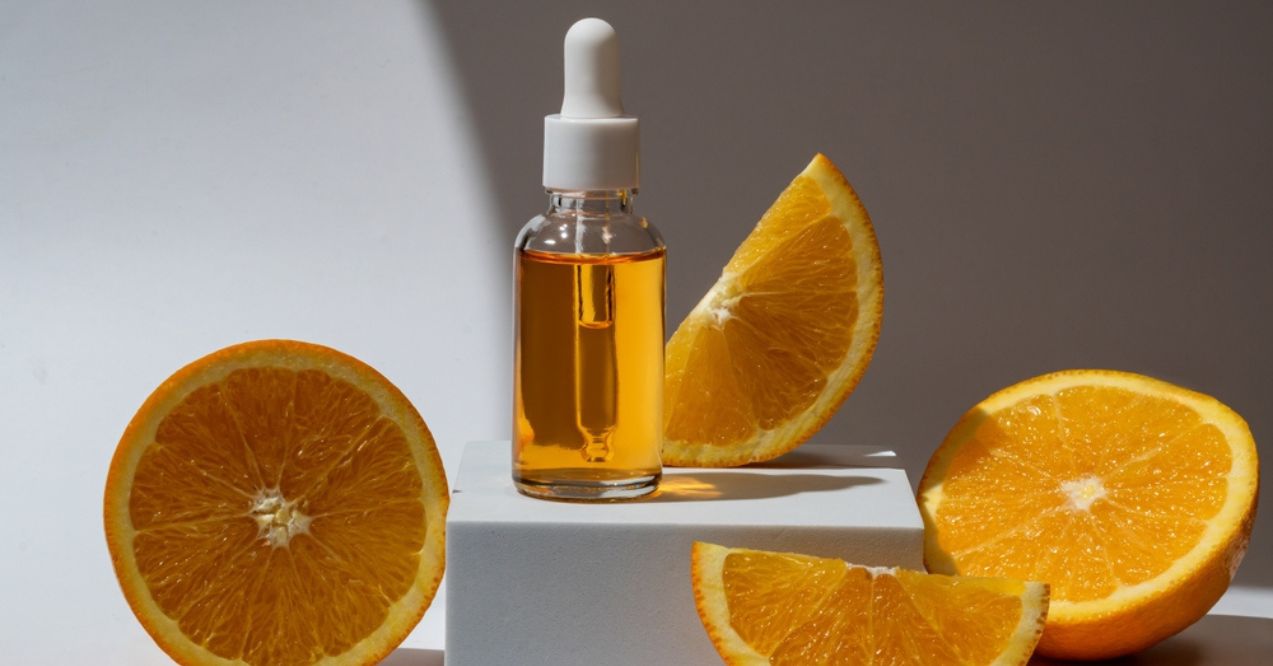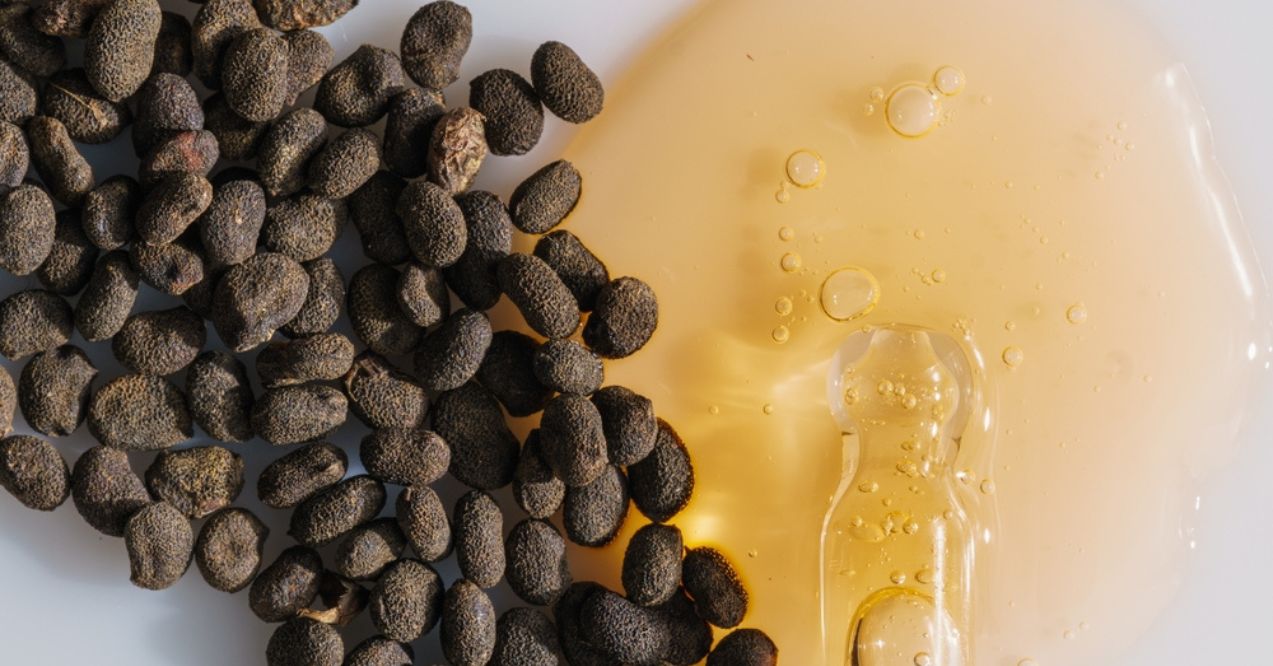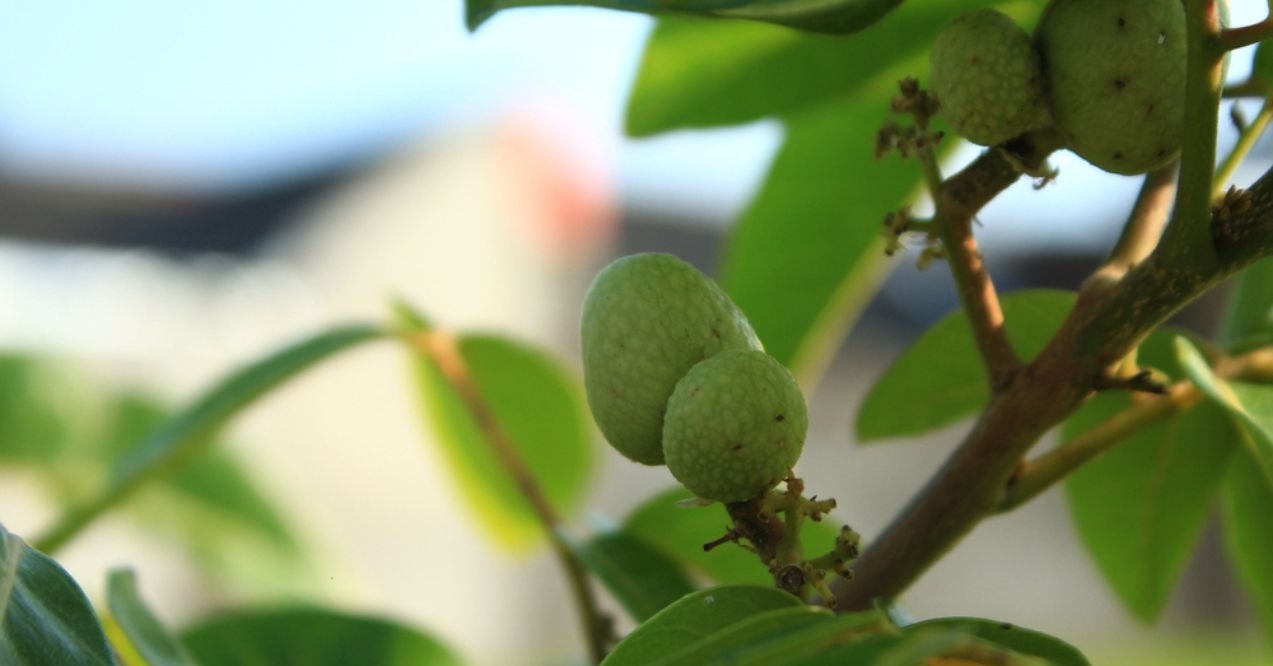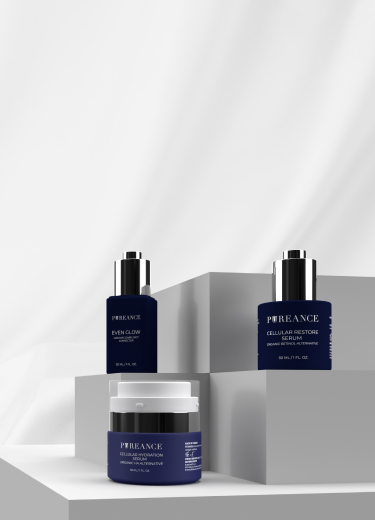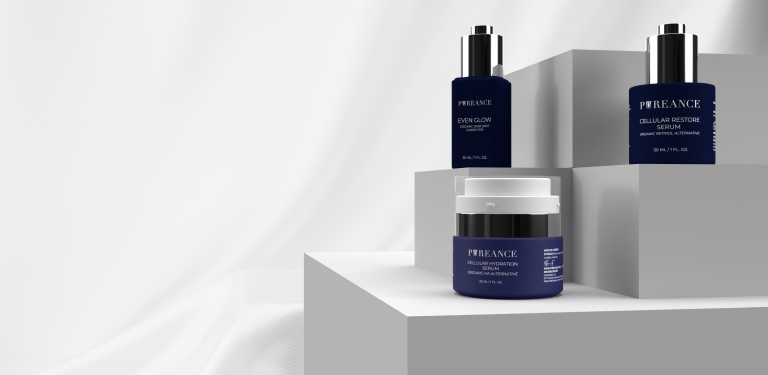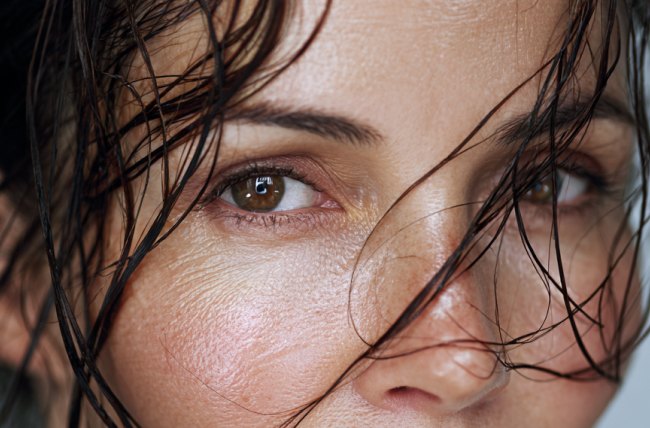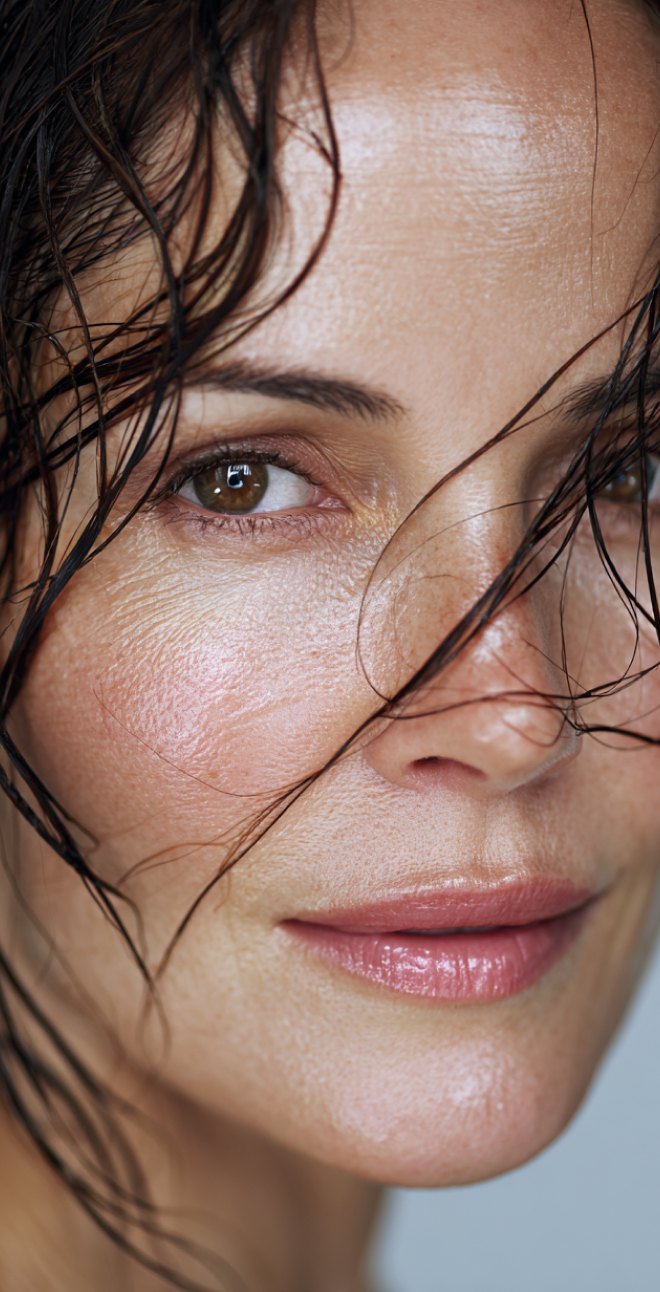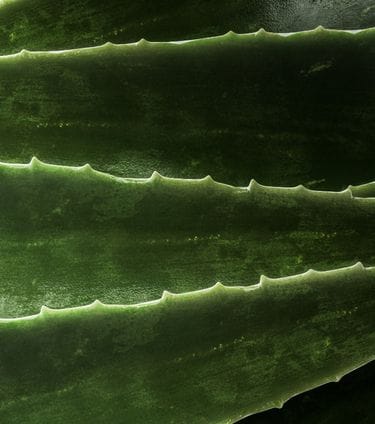
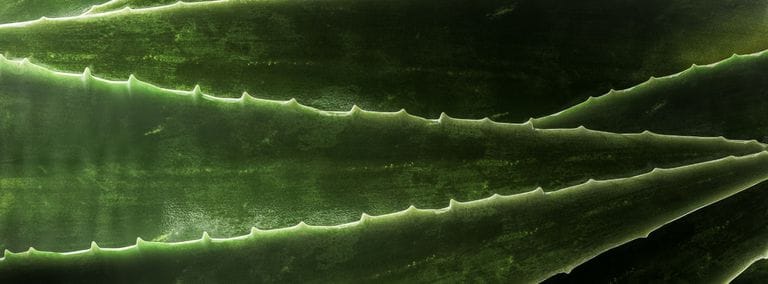

Is Aloe Vera Effective for Skin Rash?
That angry, red patch of skin. The constant urge to scratch. The discomfort that follows you throughout your day. Skin rashes can throw your confidence and comfort completely off balance. If you’re dealing with irritated skin, you might be wondering about natural solutions—and aloe vera often tops that list.
We’ll explore if aloe vera for skin rash can actually provide relief for various types of skin irritation, share practical application tips, and guide you through choosing the right product for your skin’s needs.
Key Article Findings
- Aloe vera offers soothing properties for irritated skin through its high water content and natural compounds.
- Different rash types respond differently to aloe—mild irritations and heat rashes often see the most benefit.
- Pure aloe gel without added fragrances or alcohol works best for sensitive, irritated skin.
- Always patch test before applying aloe to larger areas, especially if you have sensitive skin.
Why Aloe Vera is a Popular Choice for Skin Rash Relief
That clear, cool gel from inside an aloe plant has earned its reputation as a skin-soother for good reason. Beyond its refreshing feel on hot, irritated skin, aloe vera offers a unique mix of properties that make it particularly suited for skin discomfort. Its popularity isn’t just about tradition—it’s about the immediate comfort many people feel upon application.
Aloe Vera’s Effects
The magic of aloe vera comes from its unique cocktail of helpful components. With water making up 99% of the gel, it delivers an instant hydration boost to dry, irritated skin. But it’s not just water doing the work—aloe vera contains vitamins A, C, and E that support skin’s natural processes.
Anti-Itching Benefits of Aloe Vera
Does aloe help with itching? Many users report significant relief from the urge to scratch after applying aloe vera gel. Its cooling touch instantly calms the hot sensation that often triggers itching, while its moisture-locking abilities help support the skin’s natural barrier.
Different Types of Skin Rashes and How Aloe May Help
Not all skin irritations are created equal. Some flare up from heat, others from products, and some seem to appear out of nowhere. Let’s look at common rash scenarios where aloe vera and skin rashes often have a positive relationship.
Mild Irritations from Friction or Weather
Those raw patches from a new pair of shoes or a sports bra that rubs just wrong? Aloe vera can be your skin’s best friend. Its moisture-rich composition helps cool and soothe skin affected by friction.
For weather-beaten skin—whether chapped from winter winds or irritated from dry air—aloe’s hydrating properties create a protective layer that supports your skin’s recovery process. Apply a thin layer to affected areas for quick comfort.
Rashes from Heat or Sweat
When temperatures rise and your skin develops those tiny, itchy bumps, aloe vera offers welcome relief. Its naturally cooling gel helps lower skin temperature and ease that prickly, uncomfortable sensation.
The high water content in aloe vera for itchy skin also helps rehydrate areas that become irritated from sweat buildup. For best results, store your aloe gel in the refrigerator for an extra cooling effect when heat rash strikes.
Sensitive Skin Reactions
New laundry detergent leave your skin in revolt? That “must-try” face cream causing redness? When sensitive skin reacts to products or environmental triggers, is aloe vera good for itchy skin in these cases? Often, yes.
Its gentle, non-irritating nature makes it suitable for calming mild reactions. Aloe vera contains none of the harsh ingredients that typically trigger sensitive skin, making it a go-to for temporary relief while you identify and eliminate the actual cause of your reaction.
How to Use Aloe Vera for Skin Rash Relief
Getting the most benefit from aloe vera isn’t just about slapping some gel on irritated skin and hoping for the best. Strategic application makes all the difference in how effective this natural remedy can be for your specific skin concern.
Pure Aloe Vera Gel Application
For the most direct approach:
- First, cleanse the affected area with a gentle, fragrance-free cleanser and pat dry
- Scoop a small amount of gel onto your fingertips (about the size of a quarter for a hand-sized area)
- Apply a thin, even layer—no need to glob it on
- Allow it to absorb completely before dressing (usually 5-10 minutes)
For first-time users, always patch test on your inner wrist 24 hours before applying widely. Reapply up to 3 times daily as needed for comfort, especially after showering when skin is most receptive.
Aloe Vera and Soothing Combos (DIY Blends)
Take your skin-soothing to the next level by pairing aloe vera with other gentle ingredients:
Aloe-Honey Blend – Mix 2 tablespoons pure aloe gel with 1 teaspoon raw honey for added moisture retention. This works wonderfully for drier skin types experiencing irritation.
Cooling Oatmeal-Aloe Mask – For larger irritated areas, blend 3 tablespoons aloe vera with 2 tablespoons colloidal oatmeal and a splash of rose water. Looking for skincare products that minimize redness without irritation? Check out our guide to reducing facial redness naturally.
Aloe-Cucumber Soother – Puree 2 tablespoons aloe with 1 tablespoon cucumber juice for an ultra-cooling effect on heat-related rashes.
When Not to Use Aloe Vera
While aloe vera and itching often go well together, there are situations where it’s best to skip this remedy:
- On open wounds, cuts, or severe blisters
- If you notice increased redness or irritation after application
- On severely infected-looking areas (with pus or spreading redness)
- If you’ve previously experienced an allergic reaction to aloe
When your skin concern moves beyond mild irritation to something more serious, it’s time to consult a healthcare provider rather than self-treating with plant remedies.
Choosing the Right Aloe Vera Product
With so many aloe products on the market, finding one that actually delivers skin benefits can feel overwhelming. Not all products labeled “aloe” offer the same quality or concentration of this beneficial plant. Here’s how to become a savvy aloe shopper.
What Makes an Aloe Product Effective?
The best aloe vera products for skin irritation share several key characteristics:
- Aloe vera listed as the first ingredient (ideally as “aloe barbadensis leaf juice”)
- Free from alcohol, artificial fragrances, and dyes that can worsen irritation
- Minimal preservatives (look for natural preservatives when possible)
- Clear or slightly yellowish gel consistency rather than artificially green
- pH-balanced (between 4.5-5.5) to match your skin’s natural acidity
Products with added essential oils might smell lovely but can trigger further irritation for sensitive skin. Opt for fragrance-free versions when dealing with active rashes.
Should You Use Fresh Aloe or Store-Bought Gel?
The age-old question: grow your own or grab it off the shelf? Many skincare enthusiasts find themselves torn between these options. If you’re maintaining an at-home plant, harvest your gel by cutting at the leaf’s base, then standing it upright for 15 minutes before processing to drain the yellow latex (which can irritate skin).
For store-bought options, look beyond the percentage claims on the front label. Check the ingredients list—fewer ingredients generally means less filler. Whichever form you choose, refrigeration enhances aloe’s skin-calming abilities. The cool temperature constricts blood vessels, further reducing redness and irritation.
| Fresh Aloe Plant | Store-Bought Gel | |
|---|---|---|
| Purity | 100% pure, no additives | Varies (look for 90%+ aloe content) |
| Potency | Highest potency of beneficial compounds | May be diluted or processed |
| Convenience | Requires preparation and cleanup | Ready to use instantly |
| Shelf Life | 1-2 weeks refrigerated | 6-12 months unopened |
| Cost | One-time plant purchase ($5-15) | $5-20 per bottle, recurring cost |
| Consistency | Can be chunky or uneven | Smooth, even application |
| Travel-Friendly | No | Yes |
| Best For | Home treatment of occasional rashes | On-the-go relief and regular use |
Tips for Ongoing Skin Comfort and Rash Prevention
While aloe vera can help address existing irritation, preventing future rashes is even better. A consistent skincare approach that supports your skin’s natural barrier function can reduce how often you experience irritation in the first place. Let’s explore some practical habits that keep your skin calm and comfortable long-term.
Keep the Skin Barrier Moisturized
Your skin’s outer layer acts as a shield against irritants, allergens, and environmental stressors. When this barrier weakens, rashes and irritation find an easier path to developing. Regular moisturizing—especially after bathing when skin is slightly damp—helps maintain this protective barrier.
Look for moisturizers with ceramides, fatty acids, or hyaluronic acid that mimic your skin’s natural protective elements.
Avoid Common Rash Triggers
Small adjustments to your daily habits can significantly reduce rash occurrences:
- Switch to fragrance-free laundry detergent
- Shower promptly after sweaty activities
- Choose loose-fitting, natural fiber clothing
- Apply body powder to areas prone to friction or sweat buildup
- Take breaks from jewelry, especially in hot weather
- Use gloves when cleaning with harsh products
Pay attention to patterns—does your skin react during certain seasons, after specific activities, or when wearing particular items? These clues help identify your personal triggers.
Reassess Skincare Products
Product overload is a common path to skin irritation. Consider a skincare audit:
- Set aside all current products for a week and use only the gentlest cleansers and moisturizers
- Reintroduce products one at a time, with 3-4 days between each addition
- Watch for reactions and document which products your skin accepts or rejects
This methodical approach helps identify which specific ingredients or formulations might be overwhelming your skin. Often, a simplified routine with fewer but higher-quality products results in happier, calmer skin over time.
Conclusion
Aloe vera offers a gentle, natural approach to soothing various types of skin rashes and irritation. While not a cure-all, its cooling, hydrating, and calming properties make it a helpful addition to your skin comfort toolkit. Whether you’re dealing with heat rash, friction irritation, or sensitive skin reactions, properly applied aloe may provide welcome relief from discomfort.
The answer is often yes—particularly for mild cases where skin simply needs gentle, cooling support.
No, aloe works best for mild rashes from heat, friction, or minor irritation. It’s less effective for severe rashes, infections, or conditions requiring medical treatment.
Most people can safely apply aloe 2-3 times daily. If the area is very irritated, you might get more relief with refrigerated aloe applied more frequently.
Yes, for some people. If you’re allergic to aloe or plants in the Liliaceae family, it can cause increased redness and itching instead of relief.
This site offers health, wellness, fitness and nutritional information and is designed for educational purposes only. You should not rely on this information as a substitute for, nor does it replace, professional medical advice, diagnosis, or treatment. If you have any concerns or questions about your health, you should always consult with a physician or other health-care professional. Do not disregard, avoid or delay obtaining medical or health related advice from your health-care professional because of something you may have read on this site. The use of any information provided on this site is solely at your own risk.
Nothing stated or posted on this site or available through any services are intended to be, and must not be taken to be, the practice of medical or counseling care. For purposes of this agreement, the practice of medicine and counseling includes, without limitation, psychiatry, psychology, psychotherapy, or providing health care treatment, instructions, diagnosis, prognosis or advice.
